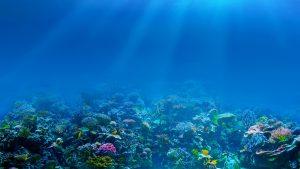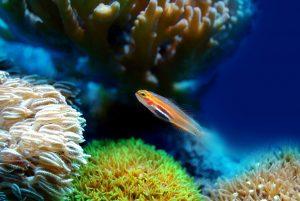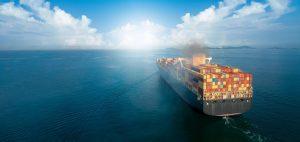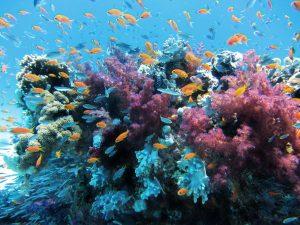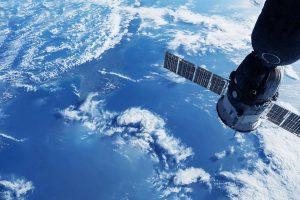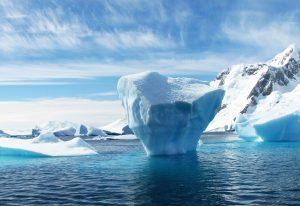In a significant development, the first phase of the Fukushima water release has been successfully completed. This milestone marks a crucial step in the complex process of managing the contaminated water accumulating at the Fukushima Daiichi nuclear power plant.
Following our previous blogpost – “Navigating the Waves of Concern: Food Safety amidst the Treated Water Release from the Fukushima Daiichi Power Plant” – let’s assess the safety measures taken to protect the marine environment and the proactive steps to ensure food safety now that the first phase of the release has come to completion.
From the very beginning, safety has been a concern in the Fukushima water release plan. The lessons learned from the 2011 Fukushima Daiichi nuclear disaster have driven the Japanese government and Tokyo Electric Power Company (TEPCO) to implement rigorous safety measures.
These measures include:
- Advanced Filtration Technology: One of the most critical safety measures taken was the development of advanced filtration technology. TEPCO installed an Advanced Liquid Processing System (ALPS) to remove radionuclides from the contaminated water. This ensures that only water meeting stringent safety standards is released.
- Dilution and Controlled Release: TEPCO has adopted a controlled and gradual release approach, with the water being discharged at a pace that allows for effective dilution. This method minimizes the impact of radioactive substances on the immediate marine ecosystem.
- Continuous Monitoring: To guarantee the safety of the released water, extensive monitoring systems have been put in place. This includes continuous sampling of seawater at various points around the release site to track any potential changes in radiation levels
- International Collaboration: Japan has sought input and guidance from international experts, such as the International Atomic Energy Agency (IAEA), to ensure that best practices are followed throughout the process.
- Seafood Testing: Comprehensive testing of seafood from the region is regularly conducted to ensure that any products reaching the market meet strict safety standards. The stringent testing includes checks for radioactive contamination, and only safe products are allowed to be sold.
Results of Initial Seawater Tests
The initial tests conducted on the seawater samples following the release have shown promising results. The data indicates that radiation levels in the seawater are well within the established safety limits, reaffirming TEPCO’s commitment to environmental safety. These preliminary findings provide confidence that the controlled release strategy is effective in minimizing environmental impact.
Scientific rigor, technological innovation, and ongoing monitoring are the key contributing factors to the successful completion of phase 1 of the Fukushima water release. Lessons learned from this event underscore the importance of rigorous safety protocols in managing nuclear waste and should serve as a valuable reference for other nations facing similar challenges.


